Global Warming
Most of us had heard the term climate change before, but do we really know what it means? As part of the global village, we should also understand the impacts of climate change on Earth so that we can make the right decisions in a timely manner and mitigate the climate crisis.
What is climate change?
Climate change generally refers to changes in regional or global climate over a period (possibly from decades to millions of years), with the fluctuation range from regional or global. The reasons for climate change are complex, but human activities are the main factor contributing to climate change. Due to the continuous development of human economic activities, the greenhouse effect has been strengthened. This makes heat irradiated by the sun difficult to dissipate, resulting in global warming, sea level rise, and ecosystem imbalances. Extreme weather, such as forest fires by drought, floods caused by torrential rain, and heat waves, has caused biodiversity to plummet, which in turn poses a huge threat to the survival of global organisms and even food crises.

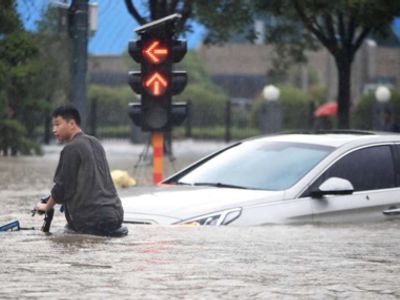

Causes of Climate Change
The causes of climate change are complex and there are many factors that continue to influence global climate, but scientists have determined that human activity has become a major cause. In 2013, the United Nations Intergovernmental Panel on Climate Change (IPCC), composed of 1,300 independent scientific experts from around the world, concluded in its fifth assessment report that there is more than a 95% chance that human behavior has caused warming in the past 50 years. The main reason for the phenomenon is briefly described as follows:
Changes in atmospheric greenhouse gas levels
Fossil fuels such as coal and oil are one of the major contributors to the surge in carbon dioxide emissions, fueling the crisis of climate change. Atmospheric concentrations of carbon dioxide, methane and nitrous oxide have reached The highest point in the past 800,000 years. The effects of these man-made greenhouse gases and other human activities pervade the entire climate system and are considered very likely to be the main cause of warming since the 20th century.


Changes in land use
Large-scale clearing of forest land and the expansion of agriculture and industrial development produce carbon dioxide and increases the concentration of greenhouse gases. Because tropical rain forests absorb carbon dioxide and produce oxygen, 40% of the total oxygen on the earth is produced through the tropical rain forests in the Amazon River region. Today, many fossil fuels are used, and a large number of trees are cut down, resulting in an increase in the concentration of carbon dioxide (greenhouse gas) in the atmosphere. After the solar radiation heat is transmitted to the earth’s surface, it is not easy to be reflected again. The accumulated heat has caused the global average temperature to rise, causing the infamous greenhouse effect.
The harm of excessive plastic extends far beyond polluting the natural ecology, but also to produce a large amount of carbon emissions and air pollution during the manufacturing and incineration process, which affects human health and contributes to climate change. Chlorinated plastics can release harmful substances into the surrounding soil, groundwater, or surrounding water sources. Animals drinking these water sources can therefore have health effects. There are various types of plastics in landfills. In landfills, microorganisms can accelerate the biodegradation process of plastics. Biodegradable plastic releases methane as it decomposes, a potent greenhouse gas that also increases global warming.

Forms of Pollution
Pollution refers to the natural or man-made addition of certain substances to the environment that exceeds the self-purification capacity of the environment and causes harm. Human beings and the environment are closely related, and the two must respect each other and achieve a balance to maintain the sustainable development of the earth. Next, we will briefly discuss the types of pollution, and hope that through these introductions, we can remind us how to do our part for the earth and leave a beautiful earth to the next generation.
Water Pollution
This is a type of environmental pollution that damages both ocean and river waters. This pollution affects all living things that inhabit these waters and the surrounding ecosystem. Water pollution can come from different sources, such as:
- Oil spills caused by large oil rigs or ships have caused oil to spread across the ocean. Chemicals in crude oil are difficult to dissolve in water and will remain in the environment, posing a huge threat to marine life and human health.
- Plastic products that endanger the ocean: According to a survey report by the International Union for Conservation of Nature (IUCN), among the plastic problems that endanger the ocean, microplastics discharged from households and industries account for 15% to 31%, which is higher than that of large-scale plastics. The pollution caused by the degradation and splitting of plastic products is more serious.
- Toxic waste or chemical wastewater from industry flows into the ocean.
- The overuse of pesticides in agriculture disrupts the ecological balance and kills thousands of aquatic life.

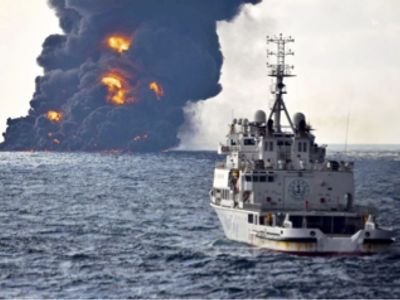

Air Pollution
Air pollution refers to the pollution of the atmosphere caused by some substances that endanger human health and the surrounding environment. The most prevalent substance is carbon monoxide, followed by carbon dioxide, and then other gases. The composition of each gas is not fixed, and there will be slight changes. When the air quality is too far off, we refer to it as air pollution.
Air pollution can be divided into chemical pollution and biological pollution. Some also put noise, heat, radiation, and light pollution in the category of air pollution.
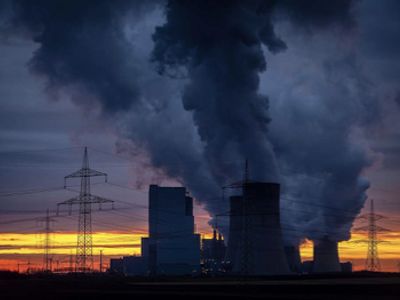
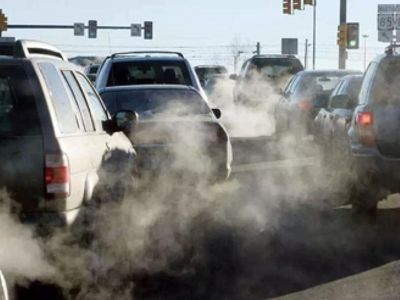
Soil Pollution
This is one of the most common types of environmental pollution we find. The main victims of soil pollution are plants, but through the food chain, animals and humans are also affected.
According to the Environmental Protection Agency, about 80% of soil pollution in Taiwan is caused by wastewater, about 13% is caused by airborne dust, and the rest of the soil is polluted by waste, pesticides, fertilizers, and acid rain. Based on the above, the classification of soil pollution sources is as follows:
- Industrial wastewater, waste sludge or other solid and liquid wastes
- Pesticides and fertilizers
- Livestock waste
- Municipal sewage and garbage
- Exhaust, dust, and acid rain
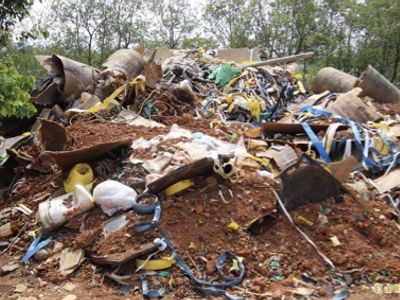
Radioactive Pollution
Radioactive substances are widely distributed in nature and exist in ores, natural water, the atmosphere, and animal and plant tissues. In the natural state, the rays from the universe and the radioactive elements of the earth’s environment are generally not harmful to living beings. Since the 1950s, human activities have greatly increased artificial radiation and artificial radioactive substances, and the intensity of rays in the environment has also increased, threatening the survival of organisms, resulting in radioactive pollution. Furthermore, nuclear energy is one of the most widely used energy sources. This energy releases substances with long-term emission of radioactivity, which directly affect the DNA of the organism, causing deformities and mutations in different generations, and therefore very harmful to the organism.
Radiation effects and nuclear waste contamination in the surrounding areas of nuclear power plants have long been a topic of concern to many scientists and the public
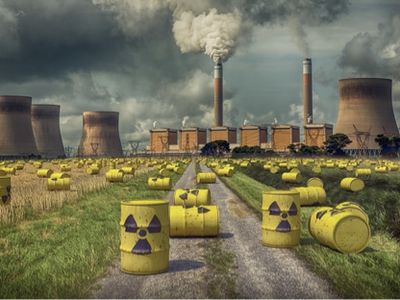
Light Pollution
Light pollution, is a problem caused by the excessive use of lighting systems by humans, disrupting the ecological balance. Light pollution is a by-product of industrial development, mainly from household lighting, advertising, commercial products, office buildings, factories, streetlights, and large outdoor sports fields. It is worth noting that even a small amount of light pollution can cause quite serious problems.
Metropolitan areas are brightly lit at night, and LED video walls and flashing signboards have become new light hazards.
